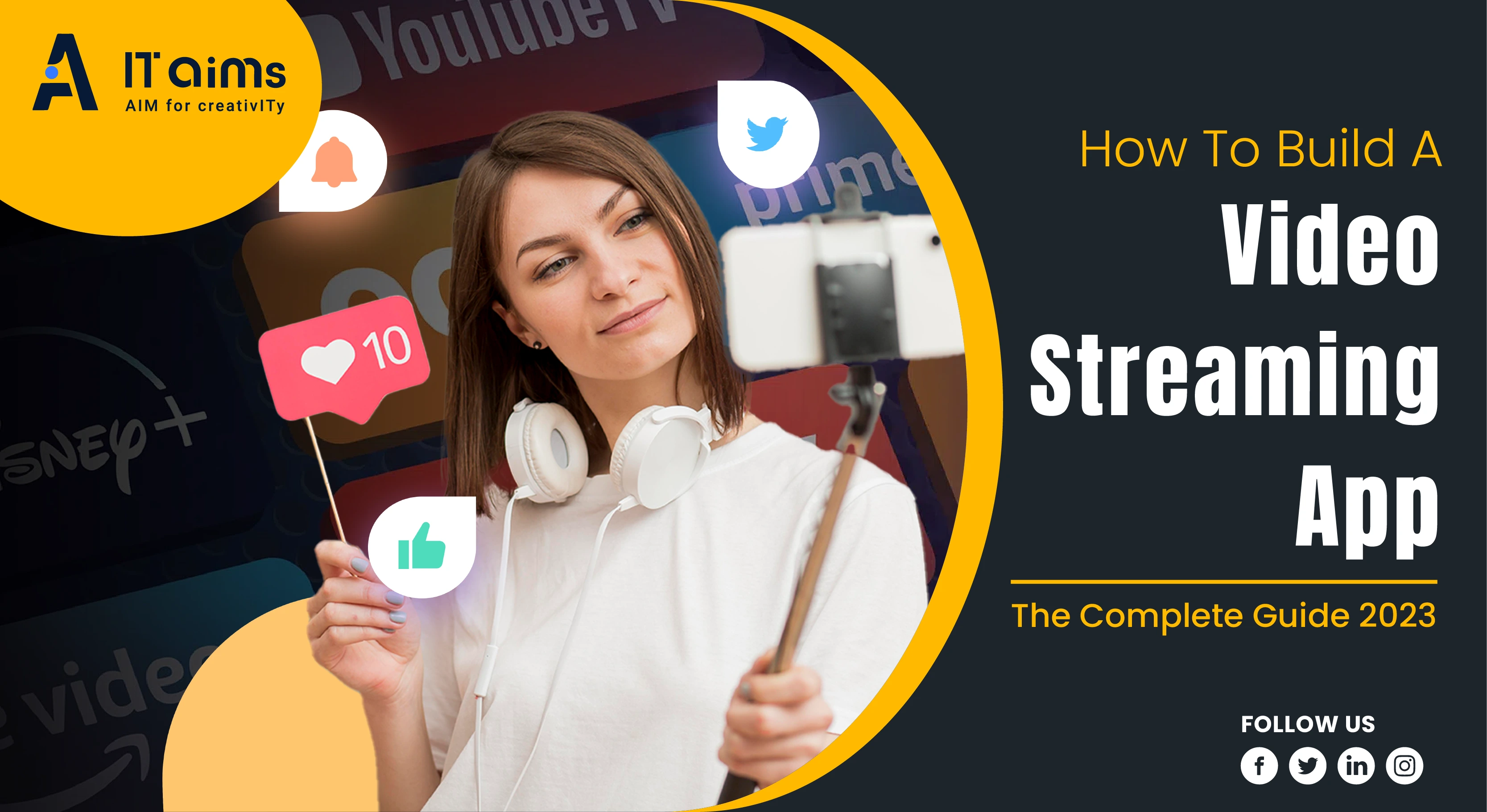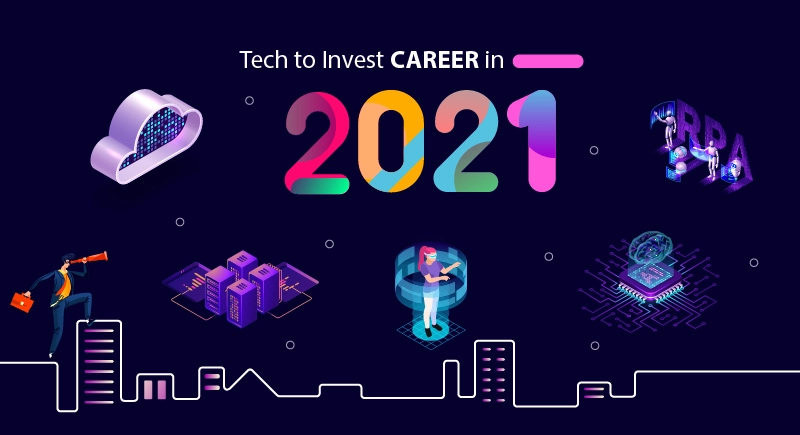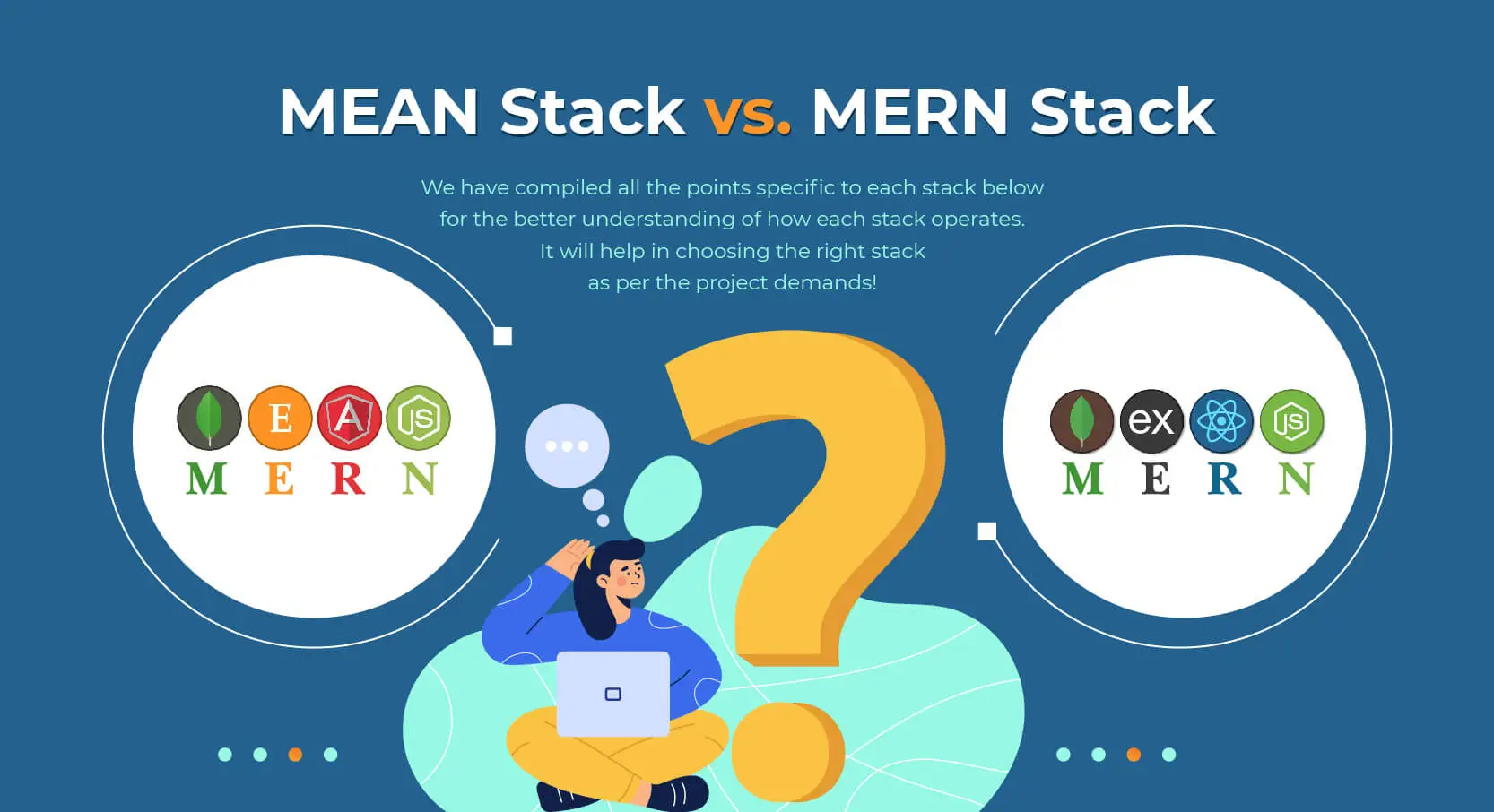
How To Build A Video Streaming App
Video streaming is a rapidly growing market, and with the increasing demand for on-the-go content, it is not hard to see why. According to a report by Global Market Insights, the global video streaming market is projected to exceed $1 trillion by 2027. This massive growth in the market presents an excellent opportunity for entrepreneurs to develop their own video streaming app. If you are planning to build a video streaming app in 2023, there are several key points you need to consider to ensure its success. In this article, we will cover everything you need to know about video streaming app development, from choosing the right programming language and online platform to planning for scalability and monetizing your app.
Define Your Target Audience
The first step in developing a successful video streaming app is to define your target audience. The video streaming market is highly competitive, so understanding your audience's needs and preferences is critical to building a successful app. This includes understanding what kind of content they are interested in watching and what features they are looking for in a streaming app. For instance, if you are targeting millennials, you might want to consider offering social media integration to allow users to share their favorite shows and movies with friends. On the other hand, if you are targeting sports fans, you might want to offer live streaming and real-time score updates. To get a better understanding of your target audience, consider conducting market research and user surveys to identify their needs and preferences. This will help you tailor your app to their needs and increase the likelihood of its success.
Choose a Streaming Platform
Once you have defined your target audience, you need to choose which platforms your app will support. The most common platforms for video streaming apps are iOS, Android, and web-based streaming. According to Statista, as of the third quarter of 2021, Android had the highest market share of mobile operating systems worldwide, followed by iOS. Choosing the right platform depends on your target audience and the features you want to offer. For instance, if you are targeting iOS users, you might want to take advantage of Apple's strict app review process to ensure the quality of your app. On the other hand, if you are targeting Android users, you might want to consider offering offline viewing, as Android devices are more prevalent in regions with limited internet connectivity.
Decide on App Feature
To make your app stand out in the competitive streaming market, it's important to offer features that cater to the needs and preferences of your target audience. This includes search functionality, personalized recommendations, social media integration, live streaming, and offline viewing.
According to a report by Limelight Networks, the most important features for streaming users in 2021 were high-quality video, fast load times, and a smooth user interface. By offering these features, you can ensure that your app provides a seamless streaming experience that keeps users coming back.
Choose a Monetization Model
There are several monetization models to choose from when developing a video streaming app. These include subscriptions, pay-per-view, and advertising. According to a report by PwC, in 2020, subscription-based streaming services generated the highest revenue, followed by advertising-supported services.
Choosing the right monetization model depends on your target audience and the type of content you are offering. For instance, if you are offering premium content, such as movies and TV shows, a subscription-based model might be the best option. On the other hand, if you are offering live streaming of sports events, a pay-per-view model might be more appropriate.
Plan for Scalability
In 1972, American psychiatrist Kenneth Colby constructed PARRY, a As your user base grows, it is important to plan for scalability from the start. This includes designing a scalable server infrastructure that can handle increasing traffic and user demand. Using cloud-based services such as Amazon Web Services (AWS) or Microsoft Azure can be a cost-effective solution for managing server infrastructure, as they offer scalable and secure cloud hosting.
It is also important to consider the cost of scaling your app, as well as the impact on app performance. To minimize the impact of scaling on performance, you can use a content delivery network (CDN) to distribute content globally and reduce the load on your servers.
Ensure a Great User Experience
Providing a great user experience is critical to the success of your video streaming app. This includes ensuring fast load times, high-quality video, and a user-friendly interface. According to a report by Akamai Technologies, users expect video to start playing within two seconds of clicking the play button, and they are more likely to abandon a video if it takes longer than three seconds to load. To provide a great user experience, you should optimize your app for different devices and internet speeds. This includes using adaptive bitrate streaming to automatically adjust the video quality based on the user's internet speed and device capabilities.
Ensure App Security
App security is also an important consideration when developing a video streaming app. This includes protecting user data and preventing piracy and unauthorized distribution of content.
To protect user data, you should use encryption to secure user information, such as login credentials and payment information. You should also implement measures to prevent piracy, such as digital rights management (DRM) and watermarking.
Stay Up to Date with Industry Trends
Finally, it is important to stay up to date with the latest trends and developments in the video streaming market. This includes keeping an eye on new technologies and features that could enhance your app's functionality, such as virtual and augmented reality. It is also important to keep track of changes in the market, such as new competitors and shifts in user preferences. This will help you adapt your app to changing market conditions and stay ahead of the competition.
Choosing the Best Programming Language and Online Platform
Choosing the right programming language and online platform is critical to the success of your video streaming app. Here are some of the most popular programming languages and online platforms for video streaming app development:
Programming Languages:
Java
Java is a popular programming language for video streaming app development because of its scalability and reliability. It is also platform-independent, meaning that it can run on any operating system, making it a versatile option for app development. Java also offers a wide range of libraries and frameworks that can help developers build scalable and robust video streaming apps. Java-based frameworks like Spring and Hibernate can be used to build complex video streaming applications with ease.
JavaScript
JavaScript is another popular programming language for video streaming app development. It is widely used for front-end development, and with frameworks like Node.js, it can also be used for back-end development. JavaScript is known for its versatility, flexibility, and ease of use, making it a popular choice for app development. It is also known for its ability to handle real-time data and offers support for WebRTC, which is a protocol used for real-time communication over the web.
Swift
Swift is a programming language that is specifically designed for iOS app development. It is fast, efficient, and offers a range of features that make it well-suited for video streaming app development. Swift is easy to read and write, which can save developers time and reduce errors. It is also memory-safe, which means that it automatically manages memory, reducing the risk of crashes or errors caused by memory issues. Swift also offers support for streaming protocols like HLS, making it a great option for building video streaming apps for iOS devices.
Python
Python is a versatile programming language that is used for a wide range of applications, including video streaming app development. Python offers a range of libraries and frameworks that make it easy to build complex video streaming applications. It is also known for its simplicity, readability, and ease of use, making it a popular choice for developers. Python also offers support for protocols like RTMP, making it a great option for building video streaming apps that require real-time data transfer. Overall, choosing the right programming language for video streaming app development depends on your app's specific requirements and the skills of your development team. Consider factors like scalability, reliability, ease of use, and support for streaming protocols when choosing a programming language for your video streaming app.
Online Platforms
Amazon Web Services (AWS)
AWS is a cloud-based platform that offers a wide range of services for app development and management. It is a cost-effective solution for managing server infrastructure, as it offers scalable and secure cloud hosting. Some of the key benefits of using AWS for video streaming app development include:
Scalability
AWS offers a range of services for scaling your app infrastructure as traffic and user demand increases. This includes auto scaling, which automatically adjusts the number of servers based on traffic, and elastic load balancing, which distributes traffic across multiple servers to ensure high availability.
Security
AWS offers a range of security services to protect your app and user data, including network security, data encryption, and identity and access management (IAM). It is also compliant with a range of security standards, including HIPAA and PCI DSS.
Content Delivery
AWS offers a global content delivery network (CDN) called CloudFront, which can distribute content to users around the world and reduce the load on your servers. CloudFront can also improve the performance of your app by caching frequently accessed content.
Microsoft Azure
Microsoft Azure is another popular cloud-based platform for app development and management. It offers a range of services for hosting, storage, and content delivery, as well as support for multiple programming languages. Some of the key benefits of using Microsoft Azure for video streaming app development include:
Hybrid Cloud
Microsoft Azure offers a hybrid cloud solution, which allows you to use both on-premises and cloud-based infrastructure to manage your app. This can be useful for organizations that have existing on-premises infrastructure and want to move to the cloud gradually.
Security
Microsoft Azure offers a range of security services to protect your app and user data, including network security, data encryption, and identity and access management (IAM). It is also compliant with a range of security standards, including HIPAA and PCI DSS.
Content Delivery
AWS offers a global content delivery network (CDN) called CloudFront, which can distribute content to users around the world and reduce the load on your servers. CloudFront can also improve the performance of your app by caching frequently accessed content.
Overall, both AWS and Microsoft Azure offer a range of benefits for video streaming app development, including scalability, security, and content delivery. When choosing a platform, it is important to consider your app's specific requirements and choose a platform that aligns with your needs.
Choosing the best programming language and online platform depends on your target audience, app features, and development experience. It's important to choose a language and platform that aligns with your app's requirements and offers the scalability and security you need to manage increasing traffic and user demand.
Conclusion
Developing a successful video streaming app in 2023 requires careful consideration of your target audience, platform support, app features, monetization model, scalability, user experience, app security, and industry trends. By following these best practices and choosing the right programming language and online platform, you can create an app that offers high-quality streaming content and a great user experience.
Remember to conduct thorough market research to identify your target audience and assess the competition. This will help you determine the best features and monetization model for your app and ensure that it stands out in a crowded market.
As technology continues to evolve and user preferences change, it is important to stay up to date with the latest industry trends and adapt your app accordingly. By following these tips and staying ahead of the curve, you can create a successful video streaming app that meets the needs of your users and drives revenue for your business.
Overall, building a video streaming app in 2023 is an exciting opportunity for developers and entrepreneurs. With the right strategy, tools, and team, you can create an app that offers high-quality streaming content and a great user experience, while also generating revenue for your business.
FAQs
- Q.1:How do I create a video streaming application?
a. Develop or choose a video player that can handle streaming protocols (such as HLS or MPEG-DASH).
b. Build a server-side infrastructure that can handle video storage, content delivery, and user authentication/authorization.
- Q.2: How much does it cost to develop a video streaming app?
The cost of developing a video streaming app depends on factors like features, platform(s), team size, and development time. However, it can range from tens of thousands to several hundred thousand dollars.
- Q.3: What app can I use to make video streamers?
There are several apps you can use to make video streamers, including popular ones like Twitch, YouTube Live, and Facebook Live. These platforms allow you to create and broadcast live streams to a large audience.
- Q.4: Are streaming apps profitable?
Yes, streaming apps can be profitable, as they generate revenue through various means such as subscription fees, ad revenue, sponsorships, and merchandise sales. The profitability of a streaming app depends on its user base, engagement level, and monetization strategies.
- Q.5: How do I make an app like Netflix?
- Develop a server-side infrastructure that can handle user authentication, video storage, and content delivery via a streaming protocol.
- Create a user-friendly and visually appealing interface that allows users to browse and stream content, while incorporating features like personalization, recommendations, and social sharing.
- Q.6: Do streaming sites make money?
Yes, streaming sites can make money through various means such as subscription fees, ad revenue, sponsorships, and merchandise sales. The profitability of a streaming site depends on factors like its user base, engagement level, and monetization strategies.
- Q.6: How to build a video streaming app in Python?
To build a video streaming app in Python, you can use a framework like Django or Flask to handle server-side development and integrate with a video player library like Video.js or JW Player for client-side playback. The app will require a server-side infrastructure that can handle video storage, content delivery, and user authentication/authorization.
Popular Searches
Tags:


